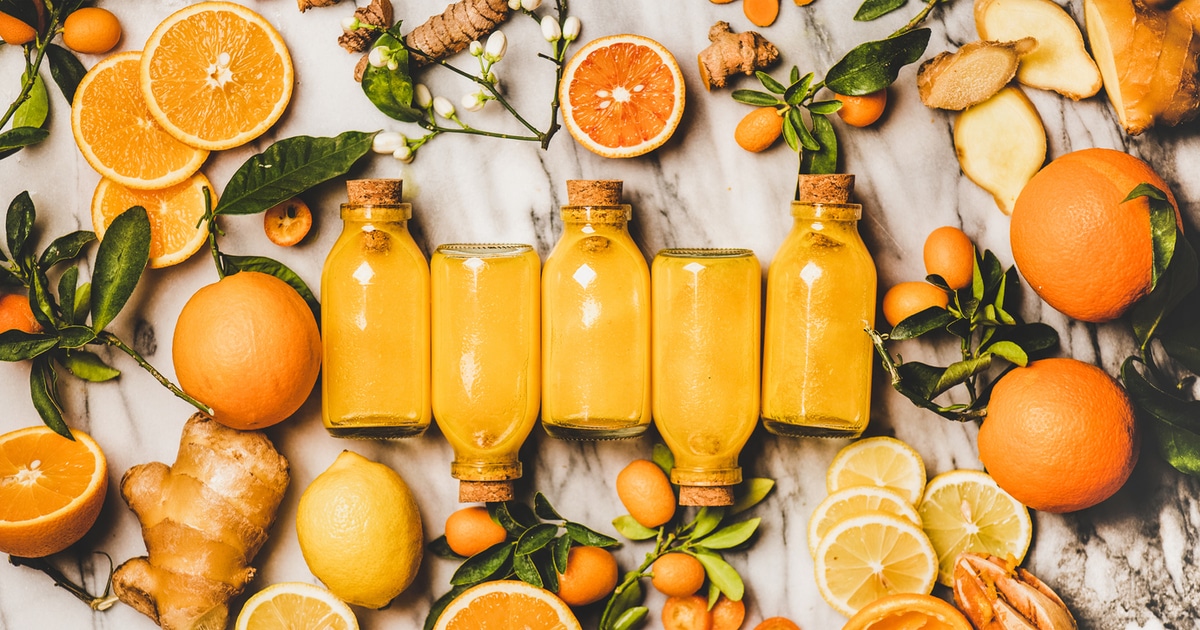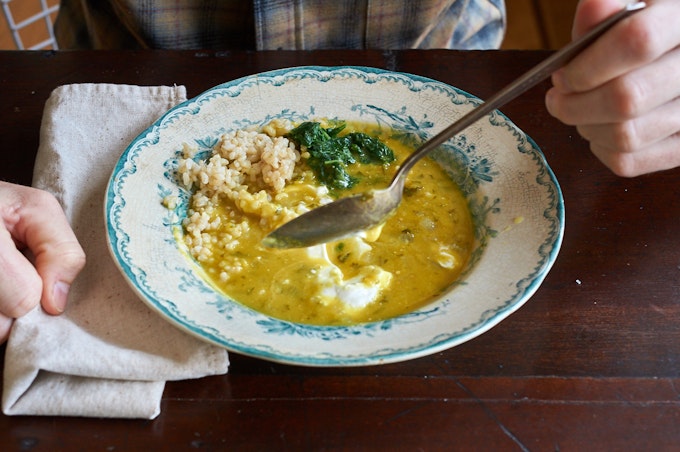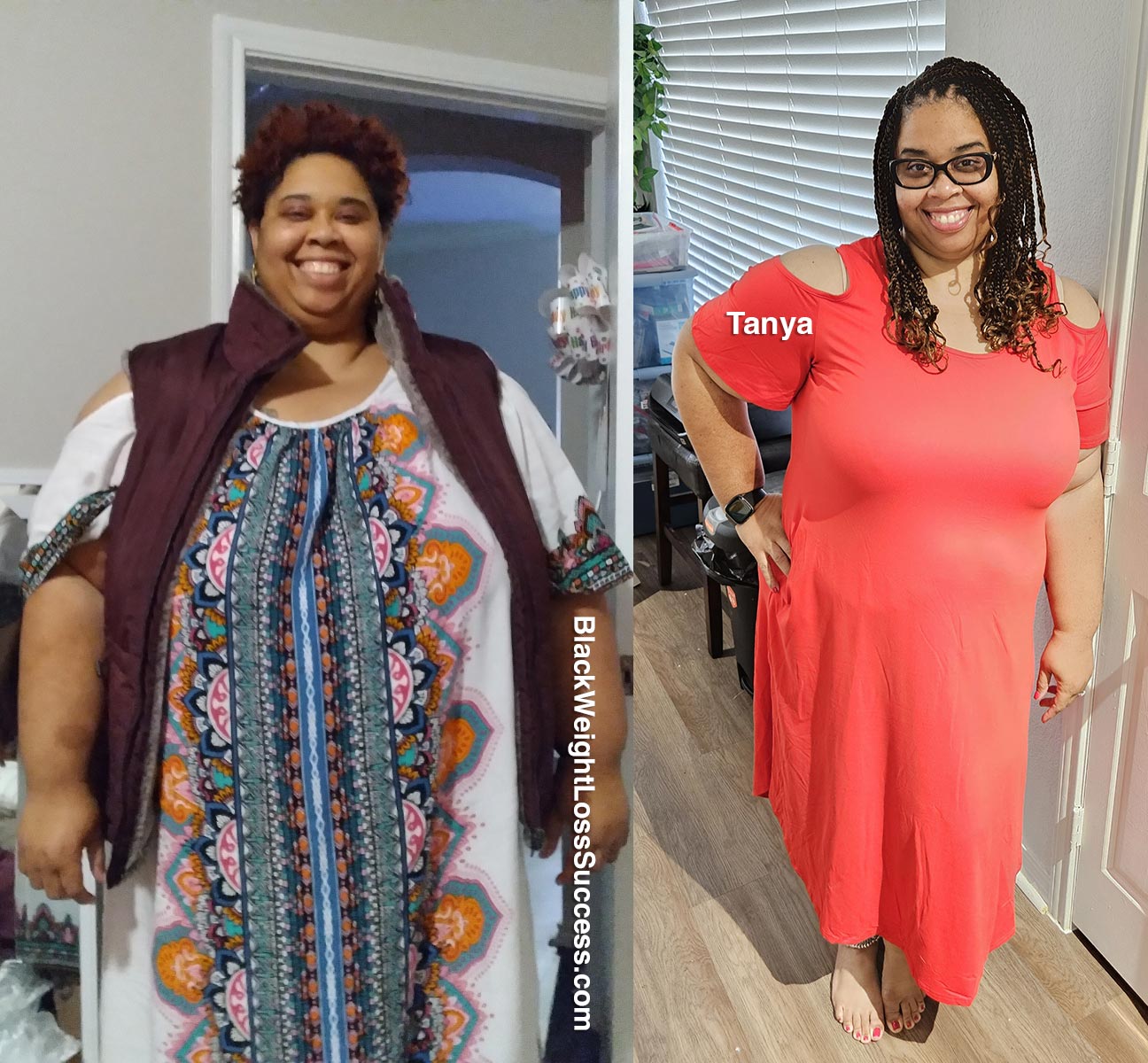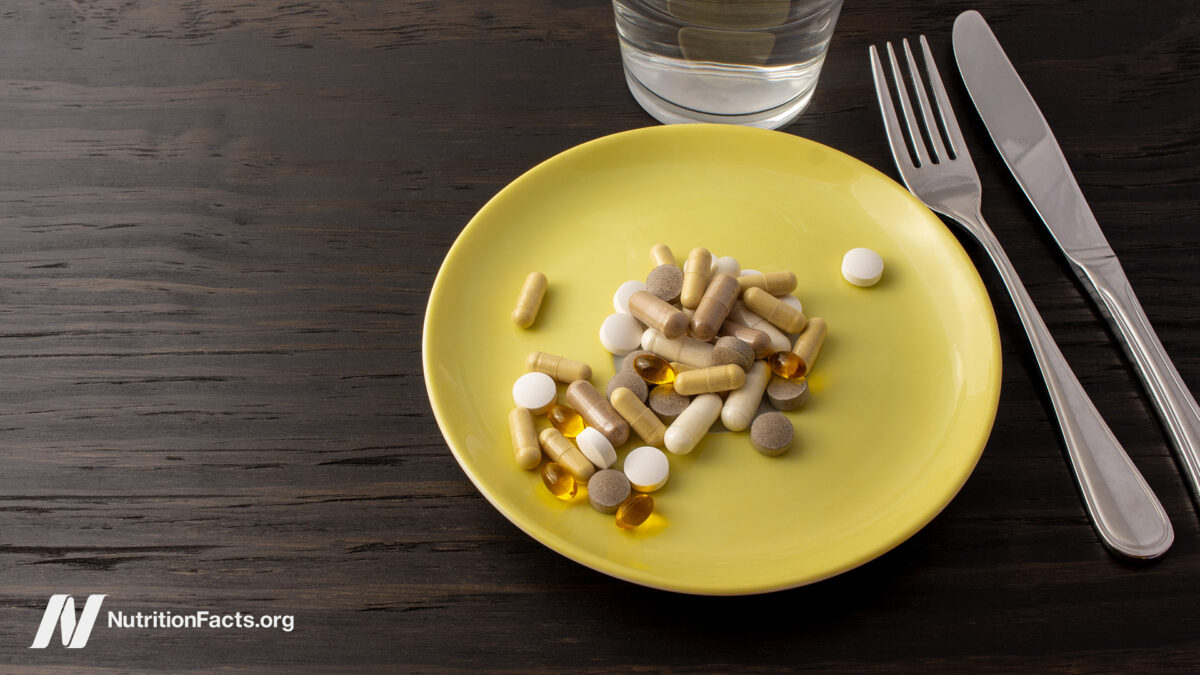Evidence shows just how effective mindfulness can be on the cardiovascular system – so why not give it a go tonight?
Cutting stress-related high blood pressure is on many of our to-do lists – and new guidelines say we should all try to meditate for around 45 minutes a day to achieve it.
The International Society of Hypertension also lists yoga and listening to music as other great ways to calm your mind, alongside the need to stop smoking and cut down on salt. But according to research published in the Journal of Hypertension, there is more than enough scientific evidence for some less conventional approaches.
Over the years many studies have shown how mental health can be drastically improved by the simple act of meditation. From reducing symptoms of depression and anxiety to improving mindfulness, acceptance and more, the benefits are well documented.
Want to get the latest health news direct to your inbox? Sign up for the Mirror Health newsletter HERE
Many of us live with anxiety, but meditation may well improve symptoms in as little as a few weeks – with many benefits continuing in the long term. The good news is that meditation is much easier than many of us may believe, as website Healthline discusses.
How to meditate for anxiety for beginners
Meditation is not a complicated process at all, in fact it is so simple and effective that many converts are surprised at why they hadn’t tried it before. If you’re a beginner, one of the easiest ways to start is to intentionally practice being in the present moment. This could be something very simple such as focusing on your body and breath as you take a 15-minute stroll on your lunch break. Or – and bear with us here – simply switch off your phone (we know, we know) or television and really concentrate on the taste and texture of your food while you eat.
After you’ve mastered the above and you feel as if you’re ready to try a formal meditation practice, Healthline has a few different techniques you might find helpful for reducing your anxiety.
Mantra meditation
Mantra meditation focuses on repeating a specific thought, word, or phrase throughout the session. Here’s how:
- Find a nice and comfortable place to sit down, such as on a cushion on the floor or on a chair.
- Next, carefully focus on the sensation of your breath as you begin to repeat your mantra. The most famous meditation phrase is most likely ‘Om Shanti’, meaning ‘peace’. Sometimes, a mantra is a single word, like Peace, Emptiness, or Abundance.
- You will, of course, find your mind wandering but just gently redirect any meandering thoughts you may have back to your mantra.
- Finish the session by taking a few moments to check in with yourself.
Body scan meditation
Body scan meditation is very simple in concept. It involves casting an eye over your body and really feeling any sensations. Here’s how to do it:
- Again you need to find a comfortable place to sit – whether that’s on a chair or lying on a yoga mat.
- Next take a few deep breaths as you find a place on your body to begin focusing on.
- Now you need to notice any sensations in this part of your body before moving on to the next area.
- Keep scanning your body and become mindful about how it feels in the moment.
- To finish, slowly bring your focus back to your surroundings.
Guided imagery meditation
Guided imagery meditation is one of the more popular forms of mindfulness, and involves focusing on visualising calming, positive settings or scenes to help your body and mind relax. Here’s how:
- You first need a quiet, comfortable place to meditate, such as in bed or on the couch.
- Next you need to visualise a place, object, or sound in your mind that you find relaxing and peaceful.
- Keep focusing on this visualisation as you allow your body and mind to relax and let go.
- Think about using a guided imagery video or app that you can follow along with.
How long does it take for meditation to help with my anxiety?
It is a time-honoured response, but it’s true – everyone’s journey is different. But research suggests that many of us see marked improvements in our anxiety and mental health in just a few weeks to a few months of consistent meditation.
For example, one study published last year delved into the effects of a six-week online guided Isha Kriya meditation practice on depression and anxiety symptoms. Incredibly, participants experienced significant improvements in their depression and anxiety symptoms with just a fortnight of daily practice.
High blood pressure often has no symptoms
Academic medical centre Mayo Clinic, based in the US, warns: “Most people with high blood pressure have no signs or symptoms, even if blood pressure readings reach dangerously high levels.”
The NHS says the only way to know if your blood pressure is high is to get it checked. Anyone over the age of 40 is advised to book a reading at least every five years. The Cleveland Clinic explains a blood pressure reading is made up of two numbers – one ‘systolic’ and the other ‘diastolic’.
It says: “The top number is the systolic blood pressure, which measures the pressure on the blood vessel walls when your heart beats or contracts. While the bottom number is the diastolic blood pressure, which measures the pressure on your blood vessels between beats when your heart is relaxing.”
As a general guide:
-
High blood pressure is deemed to be 140/90mmHg or higher (or 150/90mmHg or higher if you’re over the age of 80)
-
Ideal blood pressure is usually said to be between 90/60mmHg and 120/80mmHg
Generally there are few symptoms that point towards hypertension, but the following can sometimes be a sign.
What can I do to bring my blood pressure down?
A diet high in salt (or sodium) can raise blood pressure, leading to an increased risk of heart disease and stroke. Obvious things such as not sprinkling it all over your meals is a good place to start, but really you need to limit those foods that contain deceptively high amounts of sodium in the first place.
The Heart Research Institute UK (HRI) says smoked and processed meats are a particular problem, with often large quantities of salt found in sausages, bacon, ham, salami, canned meat and pâté.
Blood Pressure UK explains: “Salt makes your body hold onto water. If you eat too much, the extra water in your blood means there is extra pressure on your blood vessel walls, raising your blood pressure.”
The World Health Organization recommends that healthy adults should consume no more than five grams of salt per day. Blood Pressure UK says it’s sensible to limit alcohol and to lose weight if you need to. Also, try not to consume a lot of caffeine and quit smoking.
The charity also says physical activity is a great way to reduce your risk of heart and circulatory disease and bring down blood pressure and cholesterol. If you have concerns that you could have high blood pressure, talk to your GP.





























